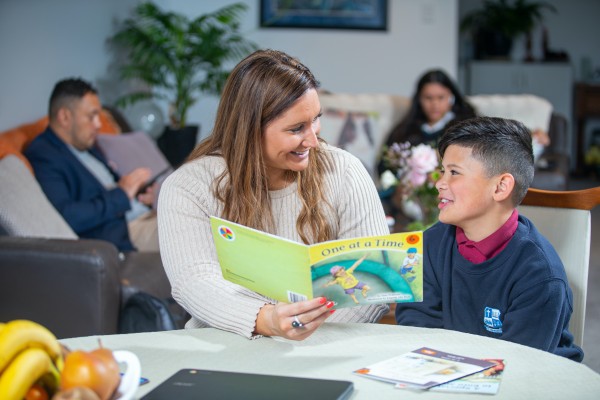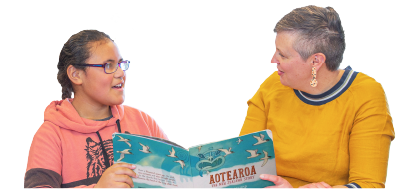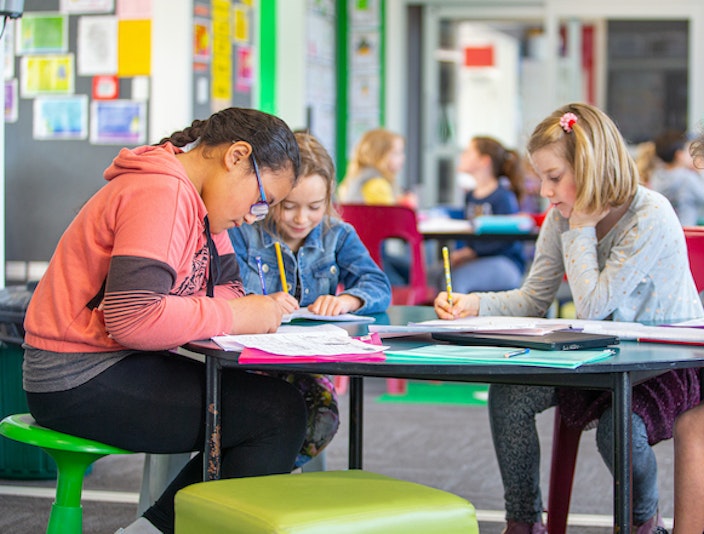Why Tapasā?
Why Tapasā?
The Ministry of Education, partner agencies, and the wider education sector recognise that they must engage with, and respond to the shared identities, languages and cultures unique to each Pasifika group by drawing on the processes, methodologies, theories, and knowledge of each group.
We also need to acknowledge that Pacific cultures and ways of doing things are dynamic and constantly evolving. Pacific cultural paradigms and nuances are not fixed. The same is true for identity – the identities of Pacific learners and teachers are shifting and changing beyond traditional notions of cultural identity.
Tapasā is informed by this knowledge and provides a framework to support teachers and leaders to engage, challenge, shift and transform their ways of thinking and practices, and understandings of Pacific success. Tapasā brings Pacific perspectives to teaching practice in key areas and transition points for Pacific learners in early learning, primary, and secondary settings. This will support Pacific learners to participate and succeed in tertiary education, the workplace, and beyond. Tapasā builds on the PEP and weaves together the many small but significant strands of Pacific-focused classroom theories and practices.

Tapasā is a Samoan term that can be loosely translated as a navigation compass. Our Pacific ancestors successfully voyaged across oceans in search of knowledge, prosperity, and growth. They navigated across the Pacific by reading the stars and constellations, marking the winds, and mapping the currents. In the education context, the concept of Tapasā as a compass becomes a tool that can be used to guide and increase the capability of all teachers of Pacific learners.
Using Tapasā as a compass fulfils a twin purpose of being both a guide for teachers as they navigate their own journey in becoming more culturally aware and competent, and as a symbol of the learning pathway that Pacific learners and their families undertake.


